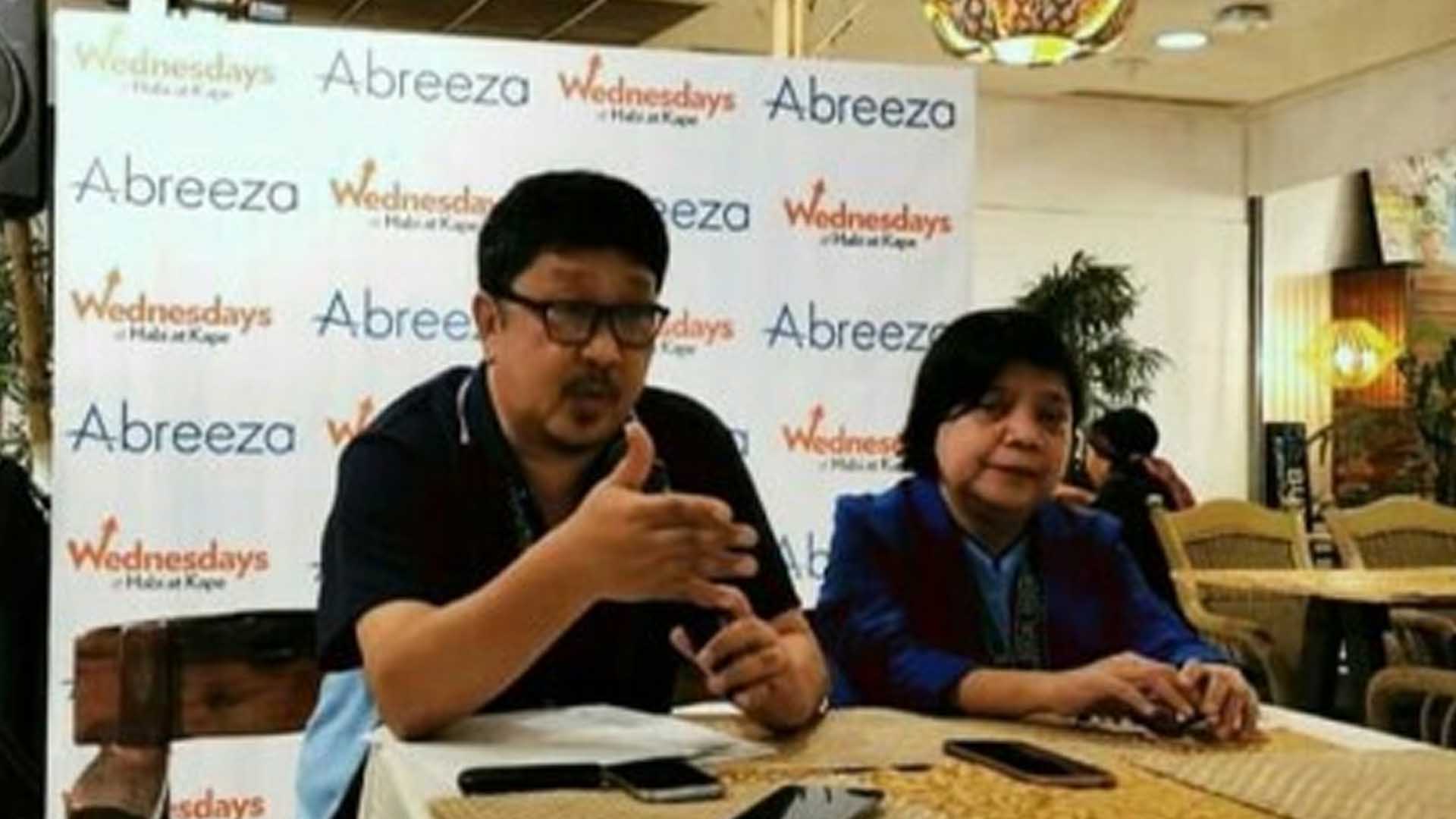The Department of Agriculture in Davao Region (DA-11) has identified rice model farms where farmers within the area can learn, apply technologies, and avail of services that would raise their productivity.
DA-11 director Ricardo Oñate Jr. said the areas with organized and operational cooperatives are in Davao de Oro province, particularly in Nabunturan and Compostela; in Davao del Norte province, particularly in Carmen and Sto. Tomas towns; and in Davao Oriental towns of Banaybanay, Cateel, and Boston.
Oñate said the identified rice farms are recipients of programs covered by the Rice Competitive Enhancement Fund (RCEF).
Records from DA-11 showed that there are about 58,000 hectares of rice area in the region.
Oñate said rice production is a priority program of the government under RCEF, which was created by Republic Act 11203, otherwise known as the Rice Tariffication Law (RTL).
RCEF aims to improve rice farmers’ competitiveness and income. It has a PHP10 billion annual appropriation fund for six years where 50 percent will be for mechanization program, 30 percent for seed program, 10 percent credit program, and 10 percent rice extension services.
Oñate said they are expecting the delivery of more machinery and equipment within this quarter that will be deployed in these model farms so the rice farmers can access.
“We will see to it that more model farms will be established in rice-producing towns,” he said.
Meanwhile, he said the plan for expansion in the lowland is difficult as they are now considering the upland, Oñate said.
He said negotiations are ongoing with the Indigenous Peoples (IPs) community through the Department of Agrarian Reform (DAR), National Commission on Indigenous Peoples (NCIP) and the tribal leaders to develop an open area within their ancestral domain.
“We see the discussion going on smoothly where agreements on respecting culture and tradition of the tribes have been considered,” he said.
He added there will be no cutting of trees but only utilize the vacant areas. (PNA)






